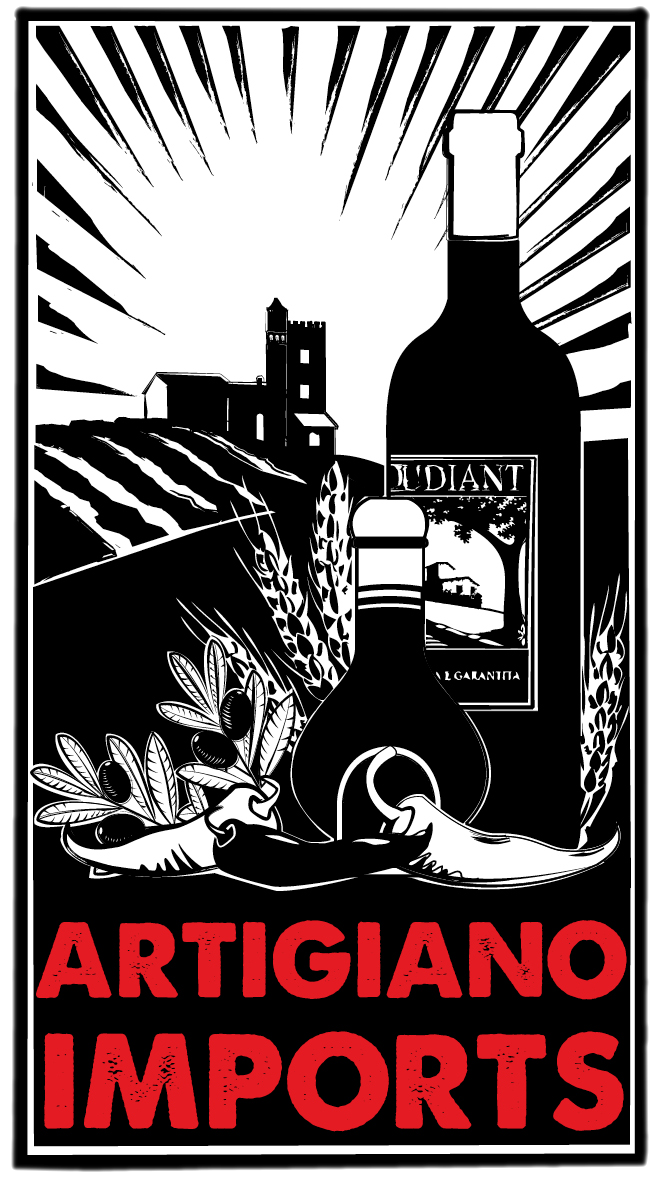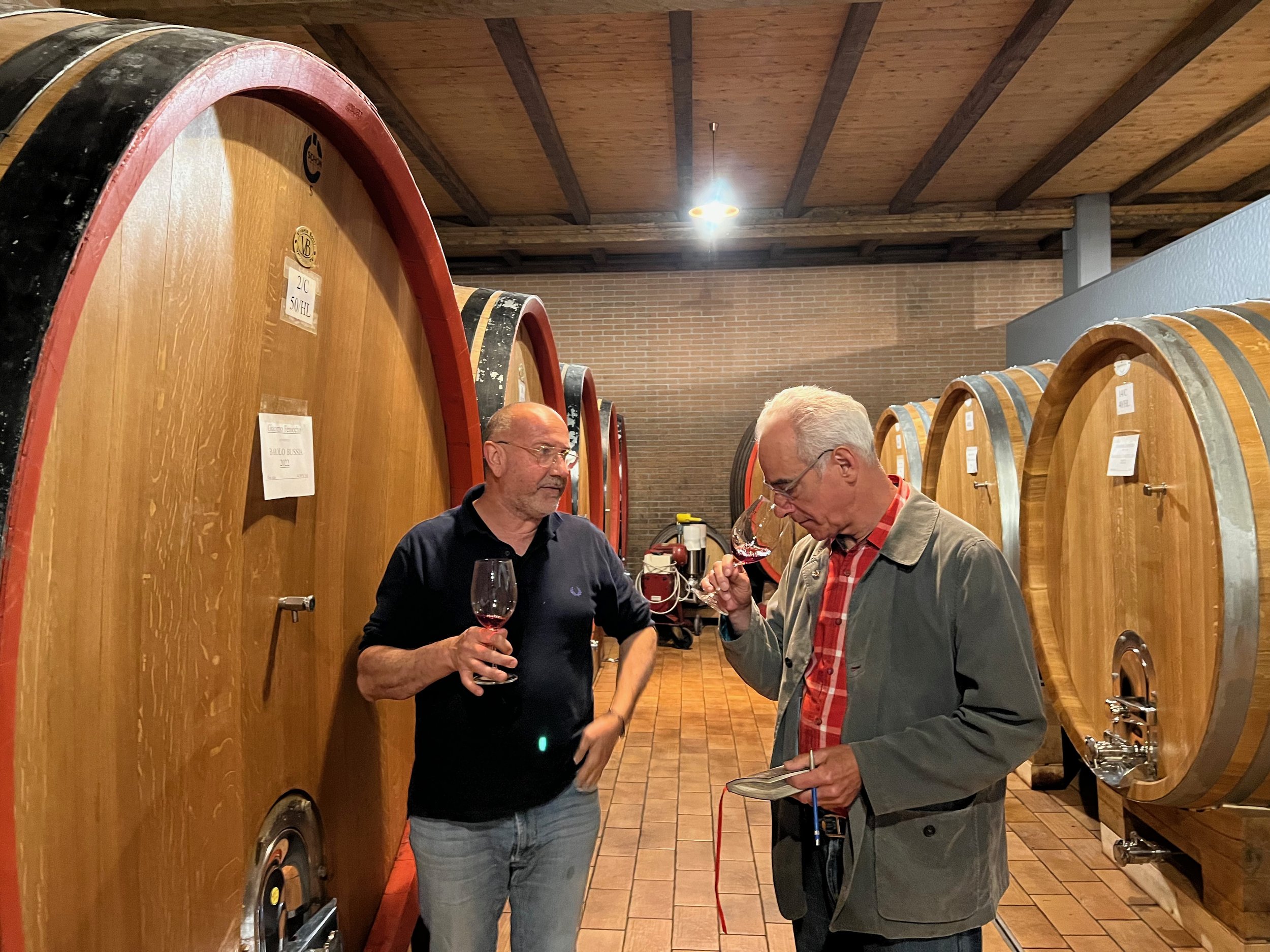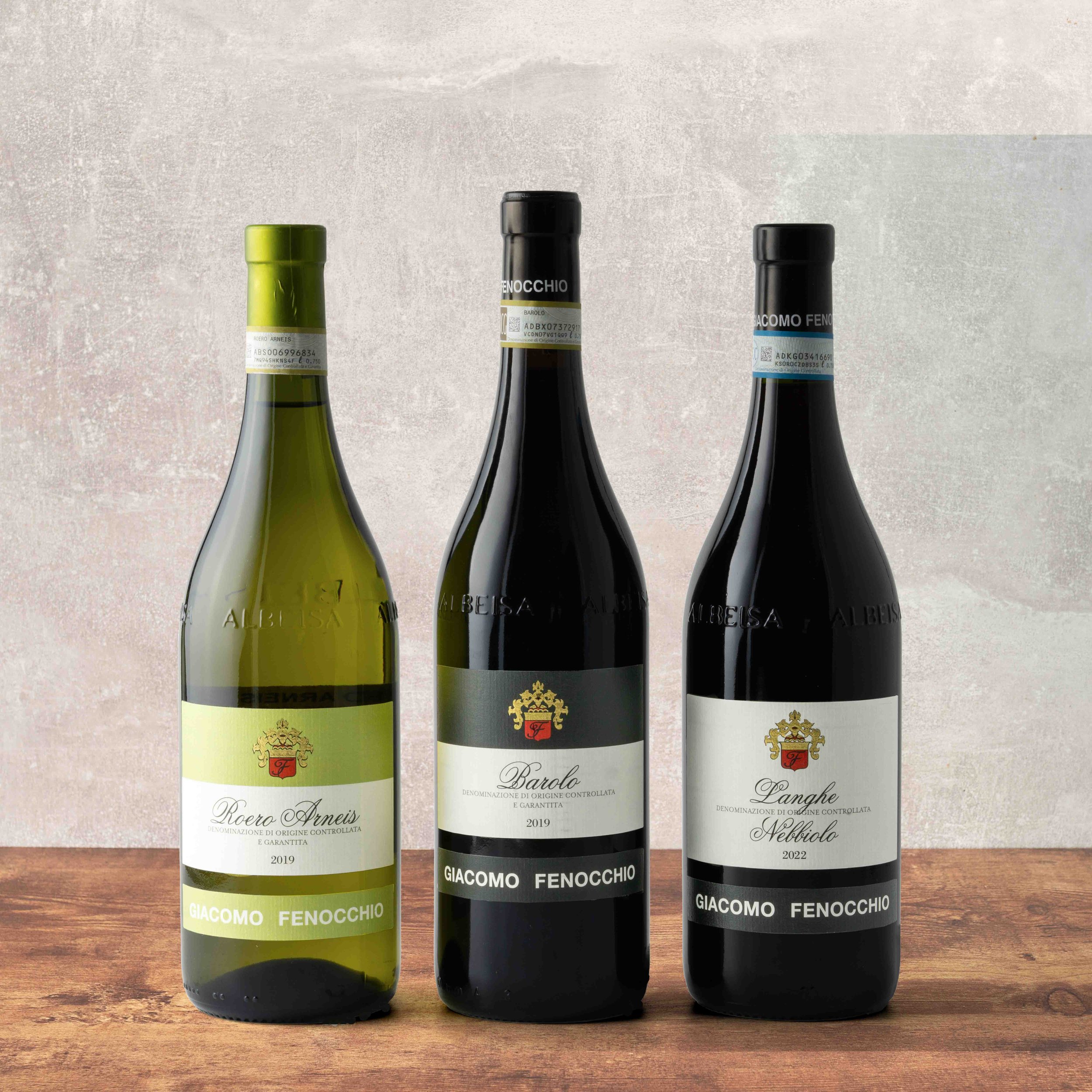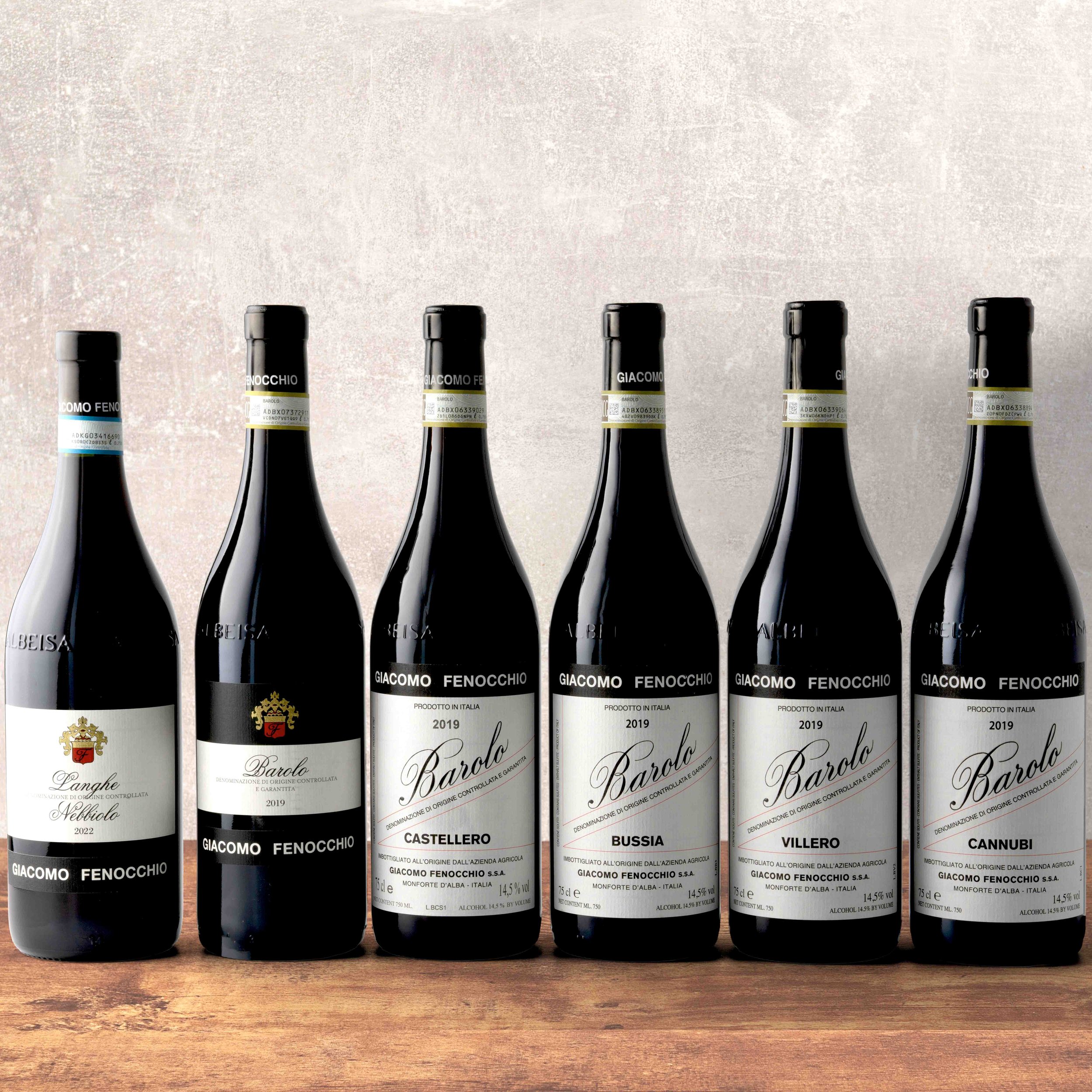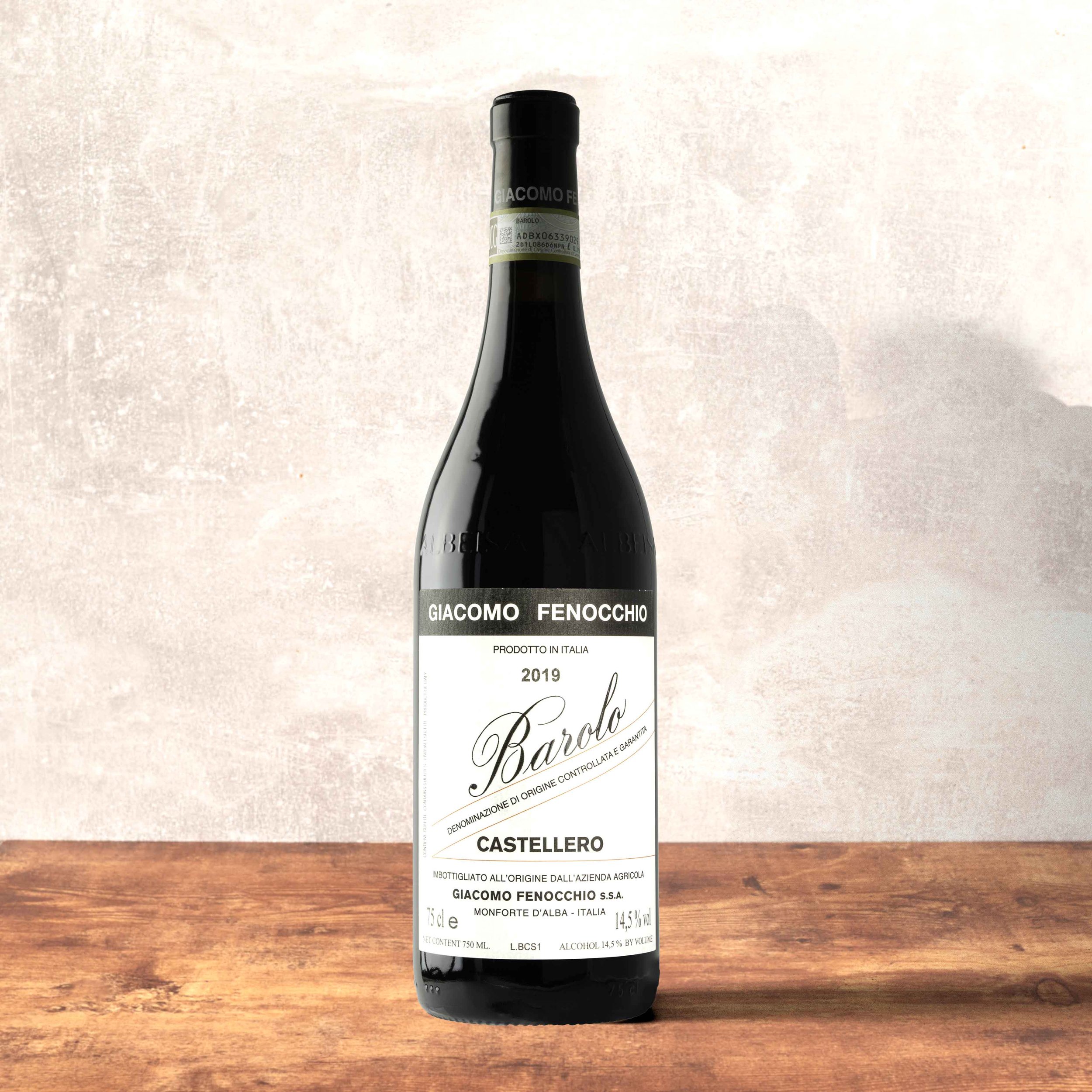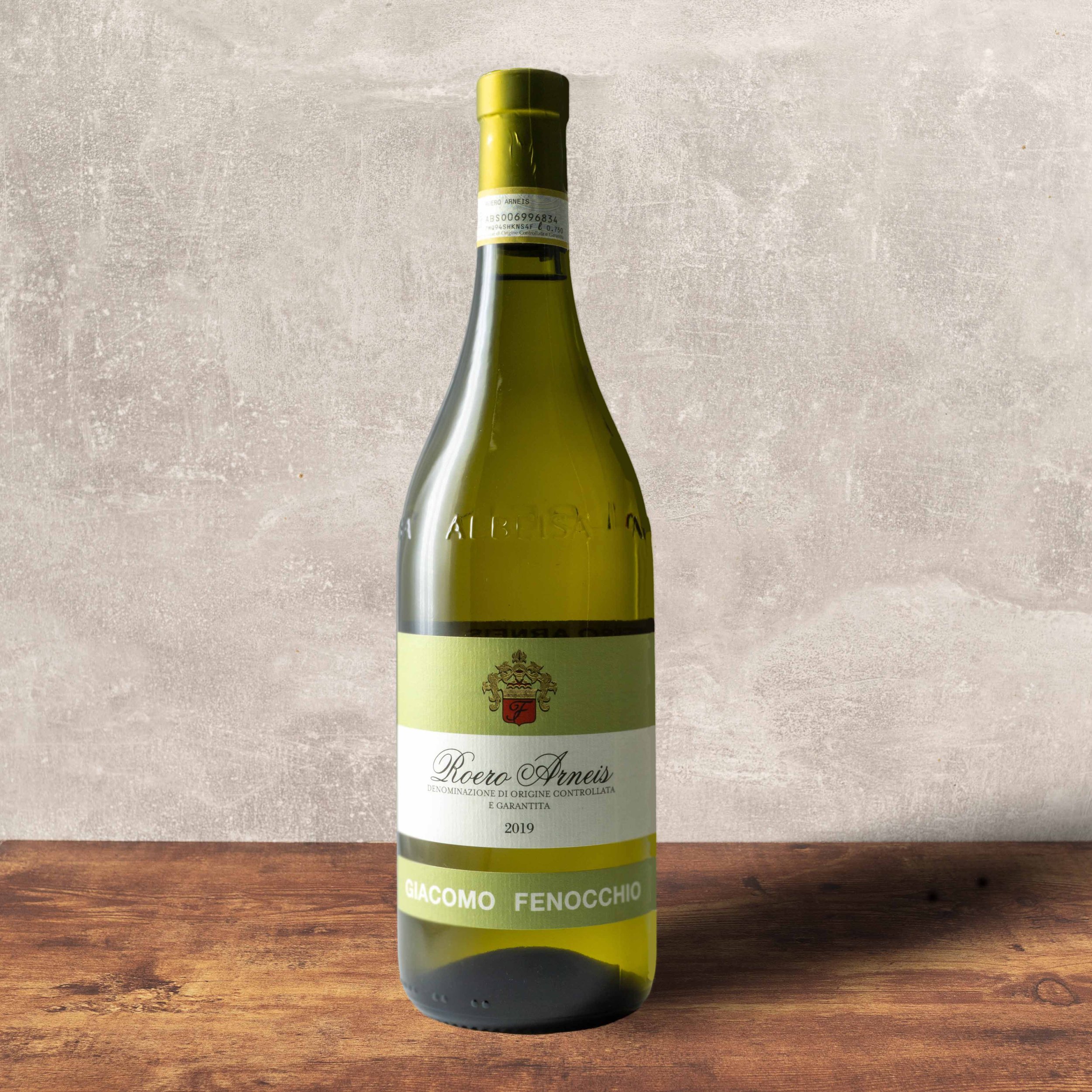The Kaumatua and the Barolo Farmer
The Kaumatua
For over ten years I co-owned and ran a popular rustic Italian restaurant in Wellington called Maria Pia’s Trattoria. Just a stone’s throw from Parliament, it opened in September 2002 and soon became an iconic local eatery. We were full most nights. I estimated at one point that during its lifespan we dished up more than 120,000 meals.
In the restaurant trade you quickly find out who your ‘regulars’ are. You forge close relationships with many and, sometimes, true friendships emerge.
This was the case with two gentlemen, Piri and John, who lived nearby. They would often arrive on the later side of the evening, after seeing a movie or attending a cultural event, for a quick plate of pasta and a glass or two of wine. More often than not, when most of the other diners had gone home, I would join them at their table and we would chat at length.
I soon learned that Piri, whose full name was Piri John Ngarangikaunuhia Sciascia, had very deep and usual Italian roots. Every Italian school kid learns about the famous Sicilian novelist, playwright and member of the Italian parliament, Leonardo Sciascia.
Interestingly, Piri’s forebears were from Puglia.
By his account, in the early 19th century two Italian brothers jumped the whaling ship they were on while it harboured in Hawke’s Bay. They both ended up both marrying local Maori girls and fathering many children, creating the “Hawke’s Bay Sciascia’s”.
As Piri related this story, I had two separate deja-vu moments
The first was realising that this was the same man I had heard interviewed on National Radio by Kim Hill back in 1998, a year after emigrating from Italy to Aotearoa. He recounted how he and a large group of his extended whānau had travelled to Italy for the first time earlier that year, retracing their roots, meeting local dignitaries and family members as well as performing Kapa Haka (Piri was famed for his song compositions and was a legendary kapa haka leader). As someone into languages and linguistics, my ears picked up at the anecdote about their discovering they had been mispronouncing their surname for over a hundred years, referring to themselves as SEE-A-SEE-A rather than with the Italian pronunciation, SHAH-SHAH.
The second was remembering that one of our early wait staff, an extremely good-looking Maori fellow and aspiring actor named Moana, had told us about his mysterious “bald Italian Maori uncles”. For him as a child, the first oddity was that they were nearly all bald. The second was that they dressed in long coats and wore leather gloves, which really made them stand out in Hawke’s Bay.
My relationship with Piri and John grew and deepened over the years, but all our encounters took place in that yellow brick two-story building that for a period also became my home. When the restaurant was sold in 2011 and while I was still living upstairs, I got my first invitation to dine at Piri and John’s flat. It turns out that John is a superb cook. I would bring a new selection of wines each time and it became a regular and always highly enjoyable event. During one of our meals, John said how much they would love to join me one day on a tour to visit some wineries. I agreed that this would be a lovely thing. Quite a few years went by. John never forgot and would always remind me of that wish. It finally came to fruition in June of 2019. In fact, the day after my eldest daughter’s wedding in Bologna, I met Piri and John at the airport. True to form, John requested that we go straight to lunch on the way to our first destination in the hills near Parma.
We spent a week visiting winegrowers in Emilia Romagna and Piemonte. Little did any of us know that this would be Piri’s last trip back to his other ancestral homeland. Piri passed on 18 January, 2020.
It was somehow meant to be that I was so close to Piri’s ancestral home and marae in Porangahau, Hawke’s Bay, and able to attend his tangi (funeral). I had no real idea of what to expect, having never attended a tangi before. I was self- conscious of the fact that I hadn’t brought appropriate clothing. I remember thinking to myself “if I get a chance to speak on the Marae (grounds), I will tell the story of Piri and the famous Barolo producer”. When I arrived at Porangahau, saw members of the NZ Army directing traffic and understood the enormity of the man, his mana, and the tangi being held in his honour, I quickly realised my naivety. I was able to make peace with my ailing heart and bid Piri farewell in his place, surrounded by his people and hundreds of guests and dignitaries, including the Governor General of Aotearoa, Dame Patsy Reddy. Given the two degrees of separation so common in New Zealand, I sat at the table in the company of some good friends from Wellington who I didn’t even know had a connection with Piri and John, feasting on the extraordinary food that had been prepared by the army and locals. There was literally enough kai to feed an army; one of Piri’s sons told me that over 2,000 crayfish had been caught and sent from other Marae around the country.
His tangi went on for four days with over 4,000 attendees, all of whom were fed the same wonderful food.
Throughout the years of our friendship, Piri shared many stories of his family, his history and that of his ancestors. It was truly a privilege to be part of his life.
Prime Minister Jacinda Ardern acknowledged his death in a statement, saying he was “steeped in mana”.
“He was a true gentleman who guided me in my role as Prime Minister. I was honoured to have him as an advisor and am grateful for all he has taught me,” she said.
“Over the coming days many will talk about his achievements in education, performing arts as a composer and performer, his public service and the pivotal roles he played in many Treaty Settlements.”
“Piri said ‘he toi whakairo, he mana tangata’. Where there is artistic excellence, there is human dignity. There is no better quote to describe him and his contribution to Aotearoa.”
The Barolo Farmer
I began importing wine in 2005, when Maria Pia’s was in its third year. The original motivation was to be able to offer our diners a truly authentic Italian experience. A lot has changed over the past twenty years regarding Italian wines available in this country. Back then it was mostly “the usual safe choices” like Chianti from Tuscany and Montepulciano from Abruzzo, along with the top end wines of Tuscany and, of course, Piemonte.
Of all Italy’s 20 regions, Piemonte in Italy’s northwest (bordering on France) can be considered the most important. Its premier wine, Barolo, is the most ‘noble’ insofar as its ability to age for decades and develop enormous complexity. It is made of 100% Nebbiolo, a grape variety considered to be among the top wine grapes of the world, alongside Pinot Noir, Cabernet Sauvignon, Syrah, Chardonnay and Sauvignon Blanc.
Once upon a time, Barolo farmers were poor and had a hard time making an honest return for their arduous work. But since the 1980s, a vinous revolution has taken place and Barolo has become a collector’s wine, a status symbol and, not surprisingly, its price has risen exponentially. The area where it is grown, called Le Langhe, received Unesco World Heritage status in 2014. It is an extraordinary destination for gastro-tourism. Barolo producers have become wealthy and the price of their land is now amongst the most costly in the wine growing world.
It should come as no surprise then that gaining the trust and becoming the importer of a well-known Barolo producer is a slow process. It’s not a matter of showing up at their door or their stand at Vinitaly (Italy and the world’s largest wine fair, held every spring in Verona) and saying “Hi, I’m Richard and I Import Italian wines to NZ, let’s work together”. To be perfectly honest, that approach normally works. Italy has over 80,000 winegrowers. They attend the costly Trade fairs specifically to find new overseas customers.
But in the case of Giacomo Fenocchio, a fifth-generation producer with a stellar international reputation, it took 3 years from the first meeting until the first bottles landed in New Zealand. And the shipment of those bottles from the 2015 vintage coincided exactly with my very first visit to that famed winery, in the company of Piri and John!
The initial approach happened at Vinitaly in 2017, after a chance meeting with Fenocchio’s renowned enologist, Emilio Falsini. He was chatting with Giuseppe Russo, our top producer from Mt. Etna in Sicily, for whom he also consults.
After presenting both men with a small gift, a ruler inlaid with the native timbers of Aotearoa, the conversation turned to Barolo. I simply asked “who should I talk to?”. Both of them simultaneously said “Giacomo Fenocchio!”.
I then did the usual thing: I called in to the stand and, after making the connection (when they asked me who else I was importing), I sat down at the table and began tasting their wines. Claudio was busy with other importers; I was served by his wife Nicoletta and their then young teenage daughters Letizia and Eleonora.
From the first sips, I knew I’d found the grower I’d been looking for.
A year later, after the usual post and pre-wine fair correspondence, we met again. This time I got to sit down and taste together with Claudio. I was immediately struck by his down-to-earth and very gentle manner. He was first and foremost a farmer and a custodian of tradition. His wines spoke of place and the nuances of the ‘classic’ 2016 vintage that he poured for me. It was then that I got the verbal confirmation that they’d be happy to work with us. Mission accomplished!
We placed our first order in August 2018, around 8 weeks before I found myself driving the windy roads between the towns of La Morra and Barolo. It was midsummer and the place was packed with wine tourists. A major rock concert had been scheduled, causing the main road to be blocked by various detours set up. Definitely not a Google maps friendly moment. We had been driving around in frustrating circles and were running late. I then gave up and rang Claudio to explain our dilemma.
Claudio met us by a small church on the road down into the haloed vineyards to the east of La Morra and led the way to his home and winery. This was the most important contact of the trip. I knew that he was departing for Dublin that same afternoon, and we had already lost over an hour of our scheduled visit.
Born in the same home as his great grandfather, Claudio is a true uomo della terra – man of the land – with the build and sunburnt skin that only comes through long hours of manual labour outdoors. I sensed an immediate affinity between he and Piri.
Over the next five or so hours we were amazed by the generosity of time and spirit that Claudio afforded us, including lunch at a famed terrace trattoria in the village of Castiglione Falletto. We visited all four of his various Barolo cru sites – Bussia (beneath their home), Castellero, Villero and, the most prized of all, the south-southeast facing Cannubi, where his grandfather purchased half a hectare in 1972 for nine million lire. That land is now some of the most valuable vineyard property in the world! From it he produces one 2,500 litre botte, yielding a mere 3,000 bottles. The earliest recorded reference of Barolo was in fact produced on the same hillside. The bottle was labelled not as Barolo but simply as Cannubi 1752. Originally owned by the Marchese di Barolo, it has since been subdivided into numerous plots now belonging to a who’s-who list of Barolo houses.
You will appreciate my astonishment when, during our visit of the winery, Claudio not only climbed the ladder to his single botte of Cannubi 2016 and poured a generous glass to share amongst us, but also left us there alone in his barrel room for around 15 minutes! We joked about climbing the ladder to the spigot of that botte (large format oak cask) during his absence. True to style, he replied with something good natured.
At one point, while walking next to Claudio, I said something to the effect of Piri being a man of great honour and standing among his people and all of Aotearoa New Zealand.
While Claudio was tending to his affairs, the three of us stood around the barrel savouring that extraordinary wine. Power and elegance - “tar and roses” – it had all the nuance, grace and structure of a sublime Barolo. A wine that is both accessible in its youth, but which will cellar for decades. I made a mental note: “buy as much as he’ll give you”.
Claudio returned and it was time to say our goodbyes. He was already running late for the airport, a good hour and a half’s drive at least. We were standing near the massive door of the cantina and I gave him a small gift which I had brought with me from home.
Then a remarkable thing happened.
Piri turned to me and said “I’m really feeling I need to do my thing Richard”. I queried what exactly he meant and with a simple glance he explained he wanted to perform a karakia for Claudio. I translate this using the closest term I could think of in Italian – vuole fare una preghiera con te. (‘he wants to recite a prayer with you’). Piri put his right hand on Claudio’s shoulder, closed his eyes and began. The first words were in English. I translated them. Then he began in Te Reo. The energy was palpable. I felt tears welling up in my eyes. I wasn’t the only one. The karakia went on for what felt like quite some time, and then suddenly stopped. Claudio had the most peculiar expression on his face. He opened his mouth, but nothing came out. It was obvious that he too was holding back the tears. He muttered a sound but quickly turned away.
And then he was gone.
We got into our car and for a while remained in silence as we drove through the late afternoon heat of June towards our next destination.
I recall saying something to Piri and John along the lines of “this man is really famous and receives people from all over the world every day. But I doubt he’ll ever forget this visit from his new importer from New Zealand.”
And to this day, we still get our allocation of just 24 bottles of the Cannubi Barolo.
